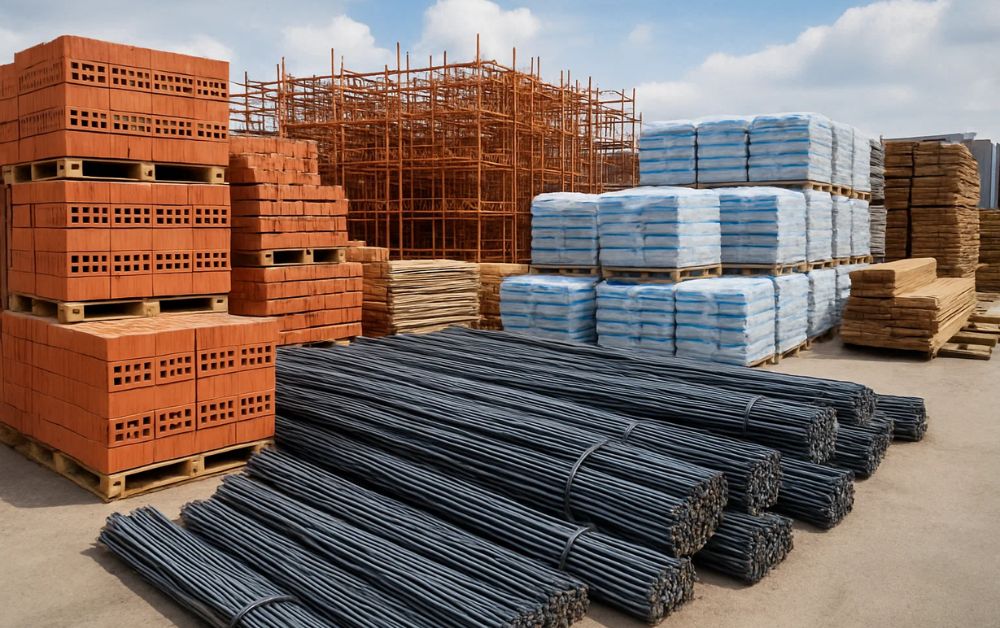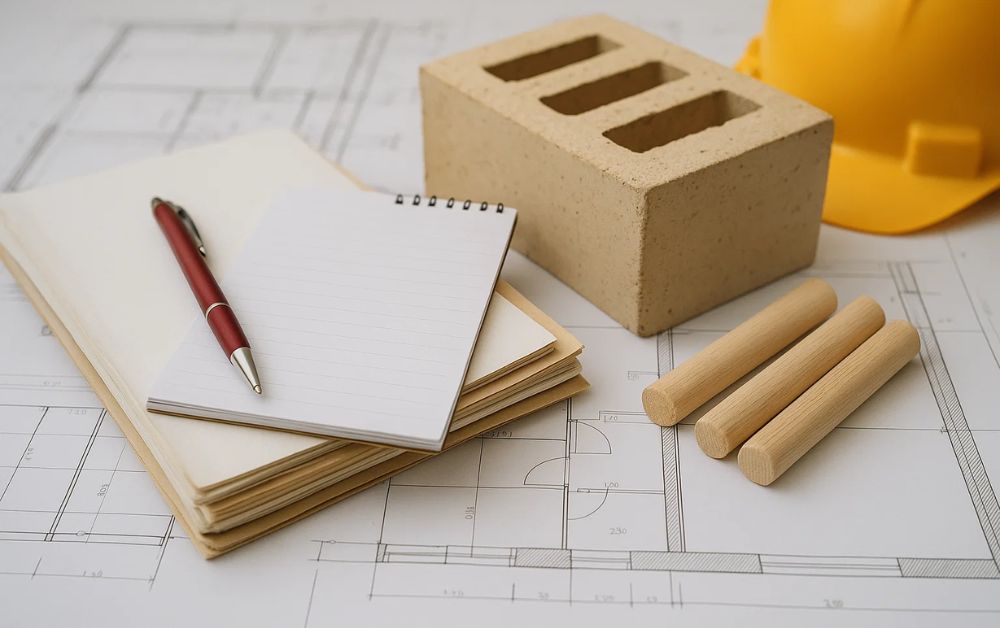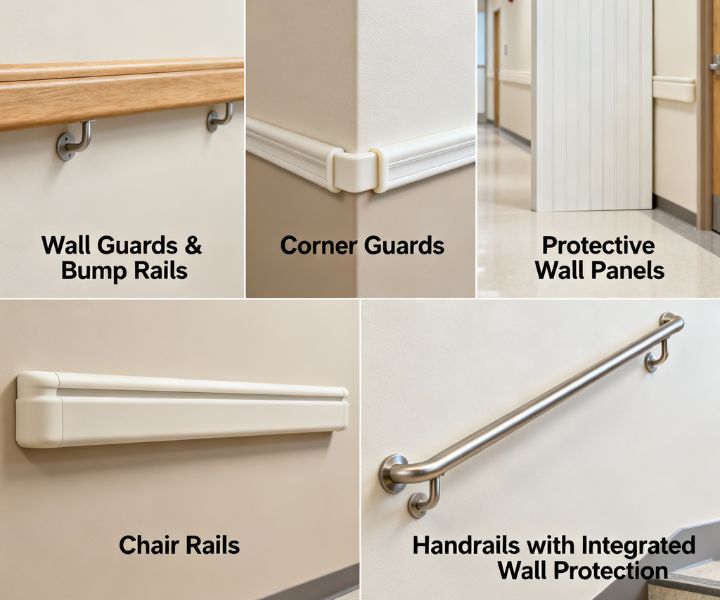What Are the Modern Methods of Construction and How Do They Work?
In today’s rapidly evolving construction landscape, traditional building techniques are no longer sufficient to meet the growing demands for speed, quality, and sustainability. The need for cost-effective and time-efficient solutions has paved the way for Modern Methods of Construction (MMC)—a transformative approach that integrates technology, innovation, and improved materials to reshape the way we build. From modular construction to 3D printing, these advanced techniques not only reduce construction time but also enhance safety, minimize waste, and improve the overall performance of buildings.
This blog explores the various modern construction methods and how they function, as well as the pivotal role construction materials suppliers play in supporting these techniques.

1. Modular Construction
Modular construction involves building sections or modules of a structure off-site in a controlled factory setting, and then transporting them to the site for assembly. These modules are pre-engineered and fabricated with high precision, ensuring consistency in quality.
How it Works:
- The construction process begins with design and planning using Building Information Modelling (BIM).
- Modules are manufactured simultaneously with on-site foundation work.
- Once complete, the modules are transported and assembled on-site.
Benefits:
- Speeds up construction by 30–50%.
- Reduces on-site labor and weather-related delays.
- Enhances quality due to factory-controlled environments.
2. Prefabrication
Prefabrication is a method where components of a building (such as walls, slabs, staircases, etc.) are manufactured off-site and assembled on-site. While similar to modular construction, prefabrication focuses more on parts rather than full modules.
How it Works:
- Panels and elements are designed and built in advance using precise specifications.
- These components are delivered to the site for quick and easy assembly.
Benefits:
- Saves time and reduces costs.
- Minimizes on-site waste.
- Improves safety by reducing manual labor on-site.
3. 3D Printing in Construction
3D printing is among the most futuristic modern construction methods, using layer-by-layer additive manufacturing techniques to create structural elements or even entire buildings.
How it Works:
- A 3D printer, using robotic arms, deposits construction materials such as special concrete mixtures in a pre-programmed design.
- The structure is built layer by layer with minimal human intervention.
Benefits:
- Rapid prototyping and faster building processes.
- Reduces construction material waste.
- Offers design freedom for complex structures.
4. Insulating Concrete Formwork (ICF
ICF is a modern technique that involves pouring concrete into rigid foam forms that remain in place as a permanent part of the wall assembly. It offers excellent insulation and structural strength.
How it Works:
- Hollow foam blocks or panels are assembled on-site.
- Concrete is poured into these forms to create durable and well-insulated walls.
Benefits:
- Improved thermal insulation.
- Excellent soundproofing and fire resistance.
- Energy-efficient and long-lasting.
5. Light Gauge Steel Framing (LGSF)
Light Gauge Steel Framing is a technique that uses cold-formed steel components as the structural framework of a building. It is widely used in residential and commercial construction.
How it Works:
- Steel frames are pre-engineered and cut to size in a factory.
- These are then assembled on-site using screws and bolts, much like a kit.
Benefits:
- Lightweight but strong.
- Resistant to termites and rot.
- Fast and accurate assembly.
6. Cross-Laminated Timber (CLT)
CLT is an engineered wood product that offers the strength of concrete and steel while being more sustainable. It is formed by gluing layers of solid-sawn timber together at right angles.
How it Works:
- Panels are manufactured in factories and delivered on-site.
- They can be used for walls, roofs, and floors with excellent load-bearing capabilities.
Benefits:
- Renewable and eco-friendly.
- Lightweight and easy to handle.
- Suitable for mid-rise and even high-rise buildings.
7. BIM (Building Information Modelling)
Though not a construction method in itself, BIM supports modern construction by allowing for precise design, planning, and simulation before any physical work begins.
How it Works:
- BIM software creates a digital representation of the building.
- It includes detailed information about structure, materials, electrical, plumbing, etc.
- Helps stakeholders collaborate efficiently across all phases of the project.
Benefits:
- Reduces errors and rework.
- Enhances coordination and communication.
- Improves cost estimation and material management.
The Role of Construction Materials Suppliers
None of the above methods can function effectively without the support of reliable construction materials suppliers. These suppliers are the backbone of modern construction, ensuring the right materials are delivered on time and meet the necessary standards of durability, safety, and environmental compliance.
- For modular and prefabricated structures, suppliers must provide precision-cut panels, steel frames, and insulation materials.
- In 3D printing, customized concrete mixtures need to be supplied in consistent quality.
- BIM relies on accurate material data from suppliers for reliable digital modeling.
Efficient construction materials suppliers not only contribute to faster project completion but also help in reducing waste and maintaining construction quality.

Conclusion: Taasim LLC – Pioneers in Supplying for the Future
As the construction industry continues to innovate with modern building techniques, the need for dependable construction materials suppliers becomes more crucial than ever. Taasim LLC has emerged as a trusted name in the industry, known for providing high-quality, sustainable, and precision-ready materials tailored to meet the demands of modern construction methods. With a strong commitment to innovation, client satisfaction, and timely delivery, Taasim LLC is helping shape the future of smart, efficient, and sustainable infrastructure development.






